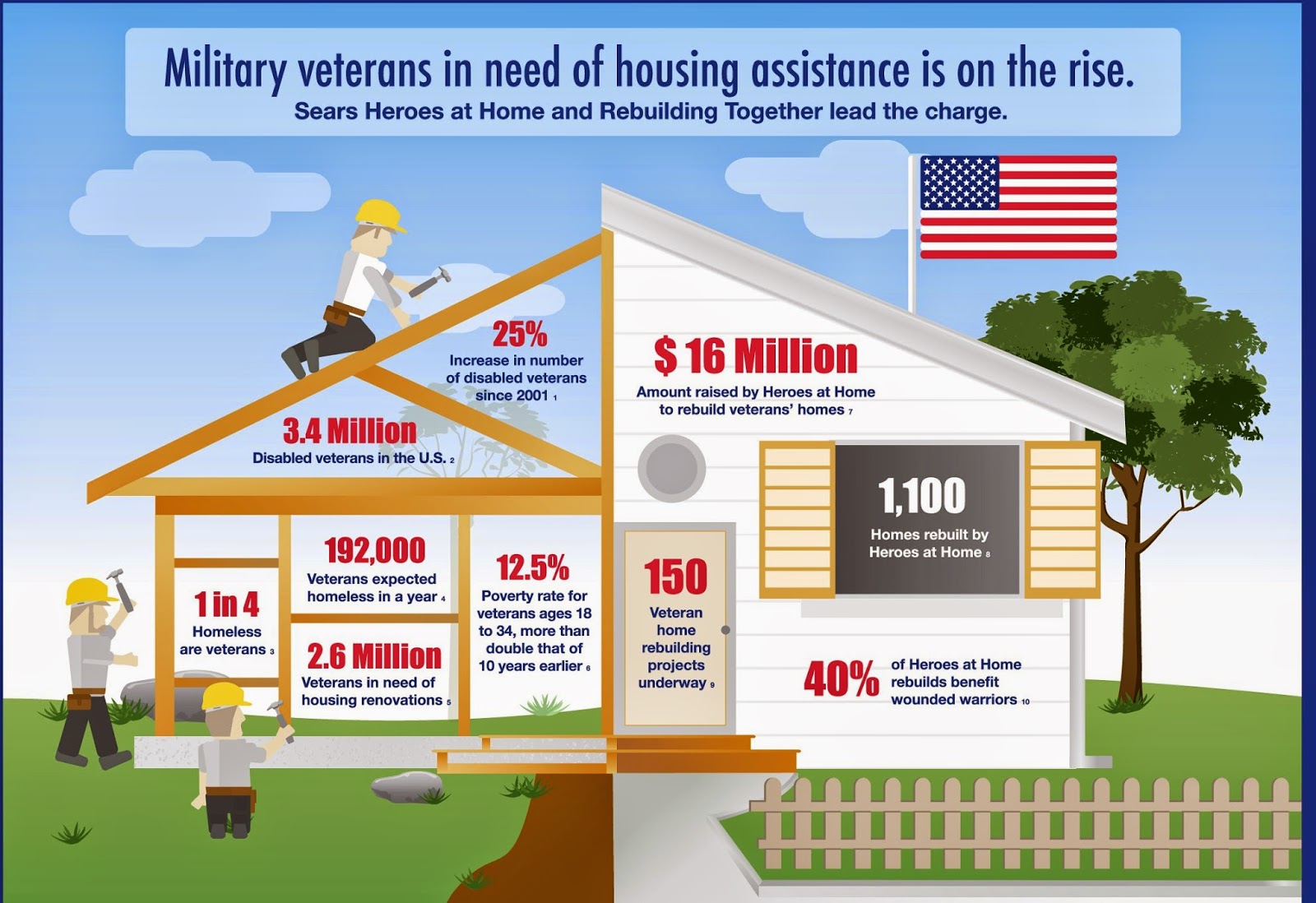In our wild jungle of real estate, the luxury home niche is definitely the lion, king of all the land. The days of high-priced homes sitting vacant and gloomy are certainly gone, as a recent survey by Realtor.com reports that 13% of consumers
are ready to buy a luxury home. That
data comes from the total number of home shoppers, as we see our real estate
market transition from recovery mode to red hot, once again. Another 26% of poll respondents are
considering purchasing a high-end home, typically priced at $500,000 or above,
though price tags vary per location.
That leaves only 61% of transaction-ready homebuyers who are NOT
considering purchasing a high end or luxury home, an astounding statistic.
Why is that so relevant?
As we found out with past real estate booms, a huge market factor is
consumer confidence, and all evidence points to huge confidence in the
market. When that happens, prices always
follow – great news for the housing portion of our total real estate
recovery. Even as interest rates rise a
little as the Fed backs off intervention, a forecast of stabilization is
fantastic news. It’s also great news for
sellers, who are looking to move their luxury or high end home, sell and then
upgrade, or even sellers of more modest homes who can match some of the
amenities found in luxury homes to make their homes more attractive.
The Realtor.com survey revealed that valuable of the
respondents who were ready to buy a home:
The reasons buyers
started their high end or luxury home search:
19% attributed recent career success to why they initiated
the home buying process.
A substantial 17% were buying because they were newly
retired.
14% said they were buying as an investment.
12% were buying their first home, a high number in the
high-end market.
The biggest challenge
high-end and luxury homebuyers cited:
40% said that finding a property that met their family’s
needs was a challenge.
20% said the limited number of properties offered was an
issue.
11% said properties had limited universal appeal.
8% cited challenges with getting a mortgage loan.
The most important
features of a home they considered for their luxury purchase:
54% said having a chef’s kitchen was important.
44% wanted a home with a view of the ocean, mountains,
cityscape, etc.
Interestingly, only 38% said the square footage of the
property was a key attribute, a number that is probably much lower than home
buyers only five or ten years ago.
36% wanted an expansive master suite.
What about those 61% of respondents who did NOT want to buy
in the high end or luxury market? If
they had the means to purchase in that market, they’d look for a home with a
great view and a chef’s kitchen, but also outdoor living amenities and a
pool. Waterfront homes would be the most
desirable, followed by countryside and then in the mountains.
A lot of top shelf home buying is taking place in the
Northeast and South Atlantic coastal states, but 15% of luxury homebuyers are
currently looking in California, Oregon, Washington, or Hawaii. The number of California homes selling for $2
million or more reached an all-time high last year. In year over year appreciation from 2012 to 2013,
Los Angeles saw 14% appreciation and San Francisco 10.4% - big movement on
already big numbers in a market where fewer buyers and a delayed wave of
foreclosures softened things. This year
alone, price reductions on luxury real estate listings have totaled 14% as
inspired sellers compete for luxury buyers.
Of course, that’s great news for high-end homebuyers, who can basically
but 20% more home for the same price tag as they did only two years ago.
There are several reasons for that – jumbo loans are gaining
in prevalence and popularity again, and interest rates on these high-dollar
homes are favorable. A strong job market
among metropolitan areas is another factor.
International buyers are playing a big part, particularly Chinese
investors who are snatching up luxury homes, vacation homes, and commercial
properties. From April 2012 to March
2013, international transactions tallied $68.2 billion, accounting for 6% of
all U.S. home sales in dollars and more than 4% of total transactions. 63% of these are all cash deals and international
buyers spend more, too – an average of $354,000 per home compared to $228,000
for their domestic counterparts.
What does this all add up to? Great news for luxury homebuyers, who are in
position to take advantage of the perfect storm of market factors to obtain
their dream home. And for sellers, don’t
try to stick a sign in your front yard and hope that high-end homebuyers show
up to your open house – luxury homes should be listed and marketed differently
than just any house. Buyers are more
tech and Internet savvy, put far more diligence into their decisions, and
negotiate aggressively. It takes an
experienced agent who specializes in the luxury market to sell your home
effectively and for top dollar.
Contact us if you're interested in buying a high-end home or selling your luxury property.

















